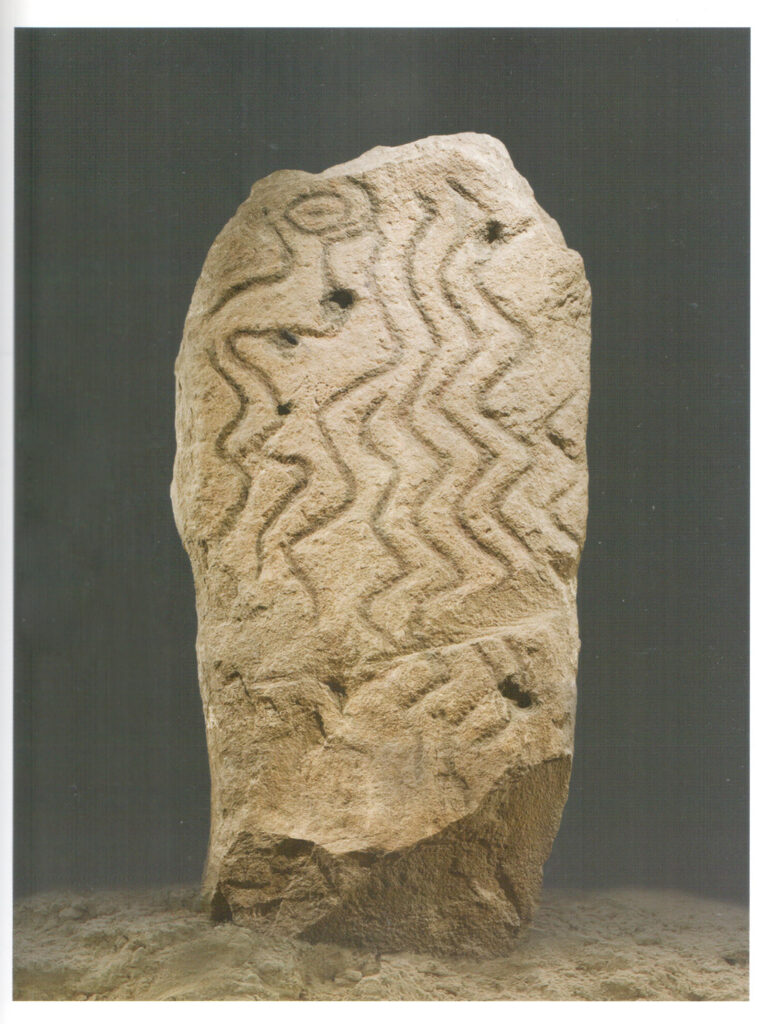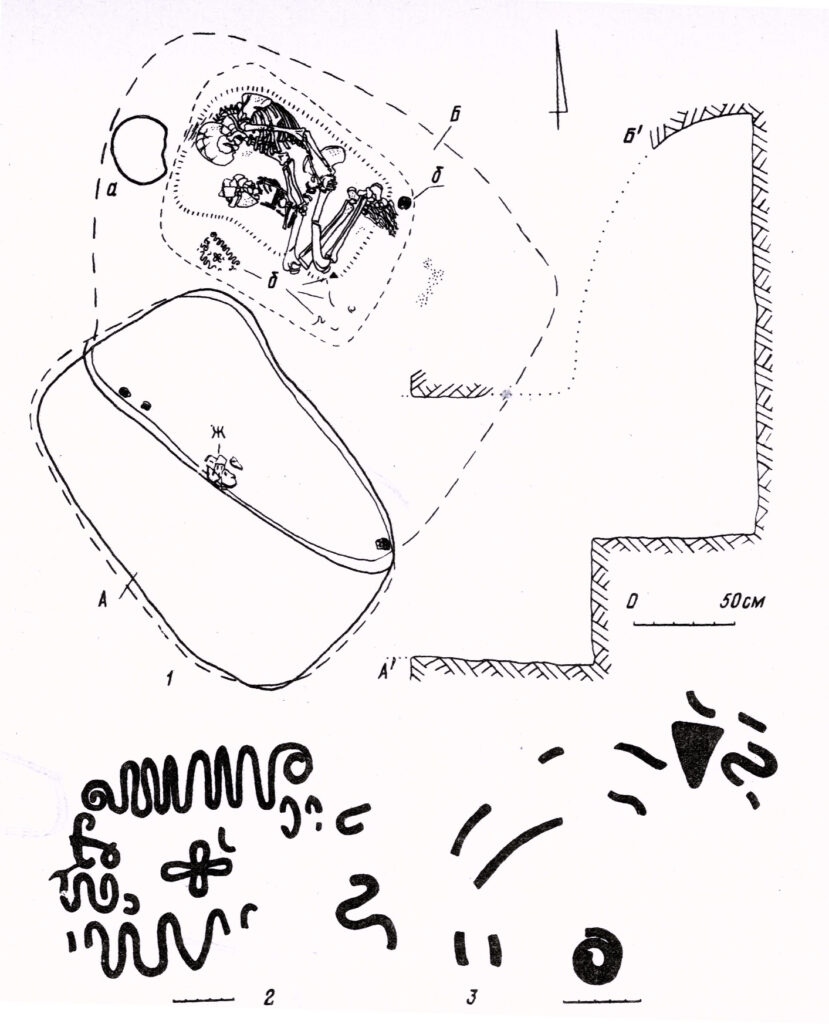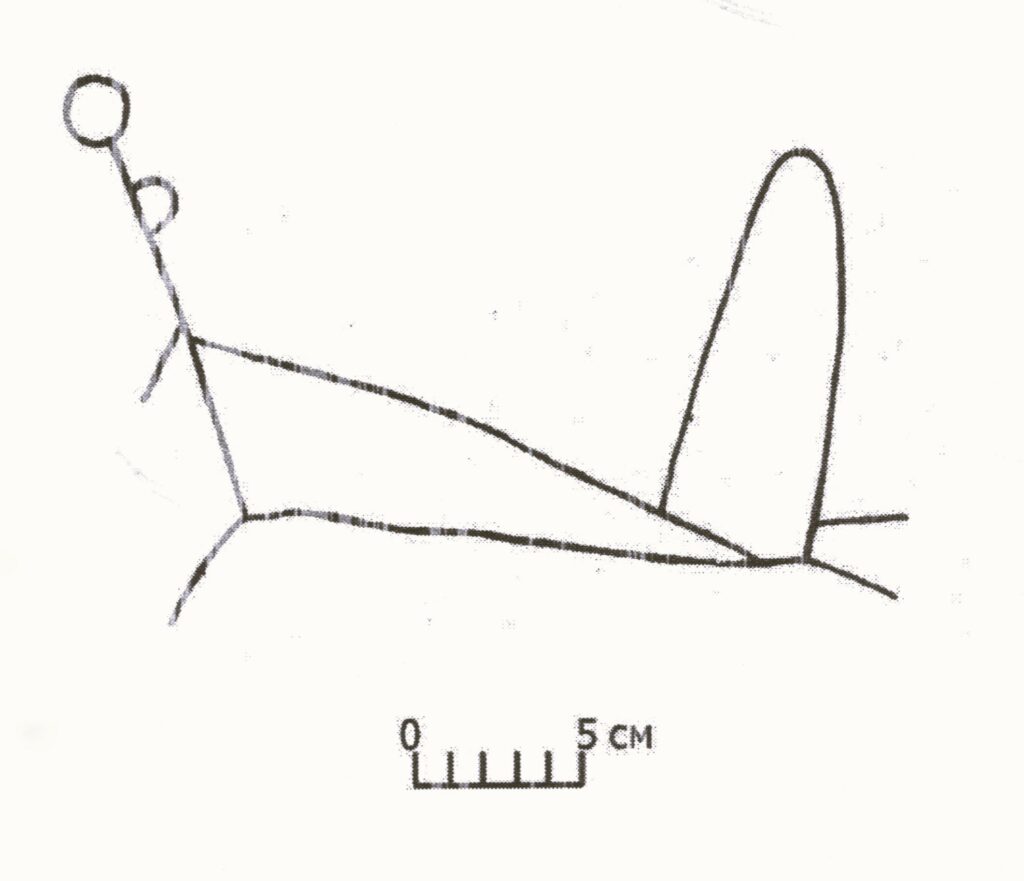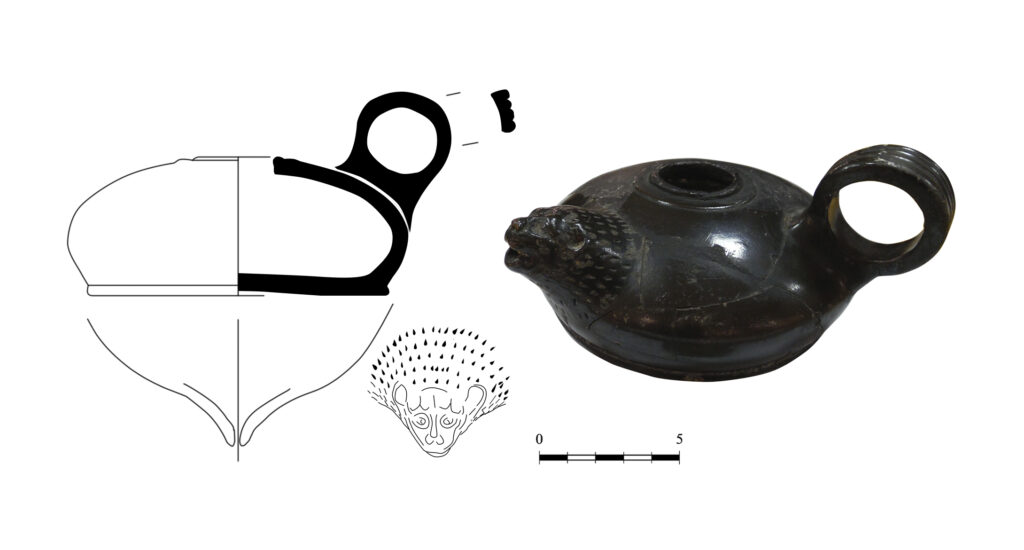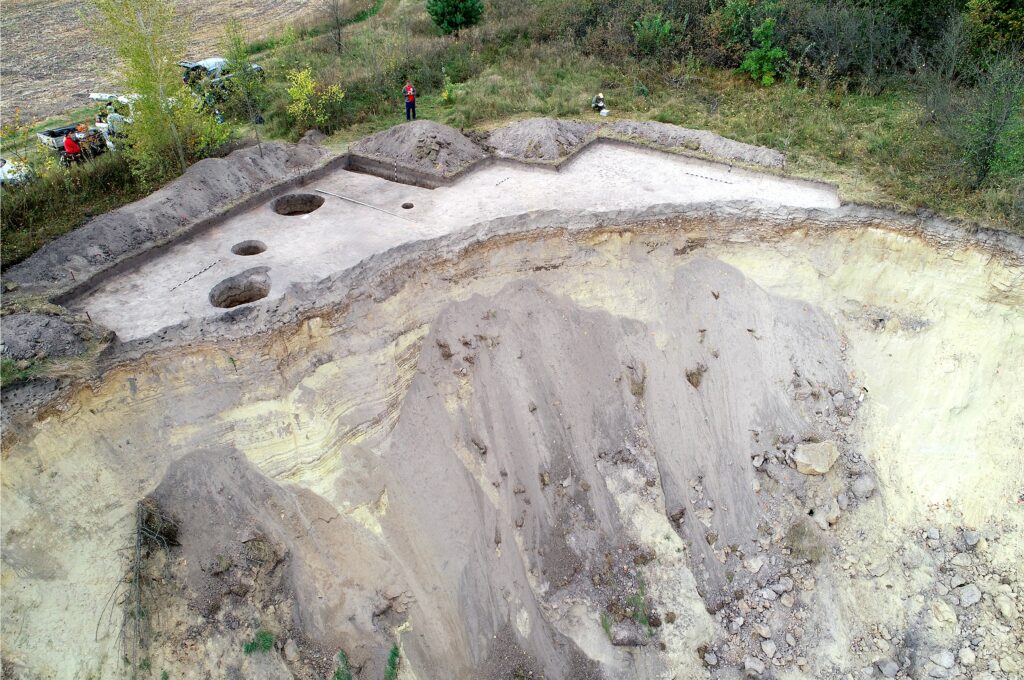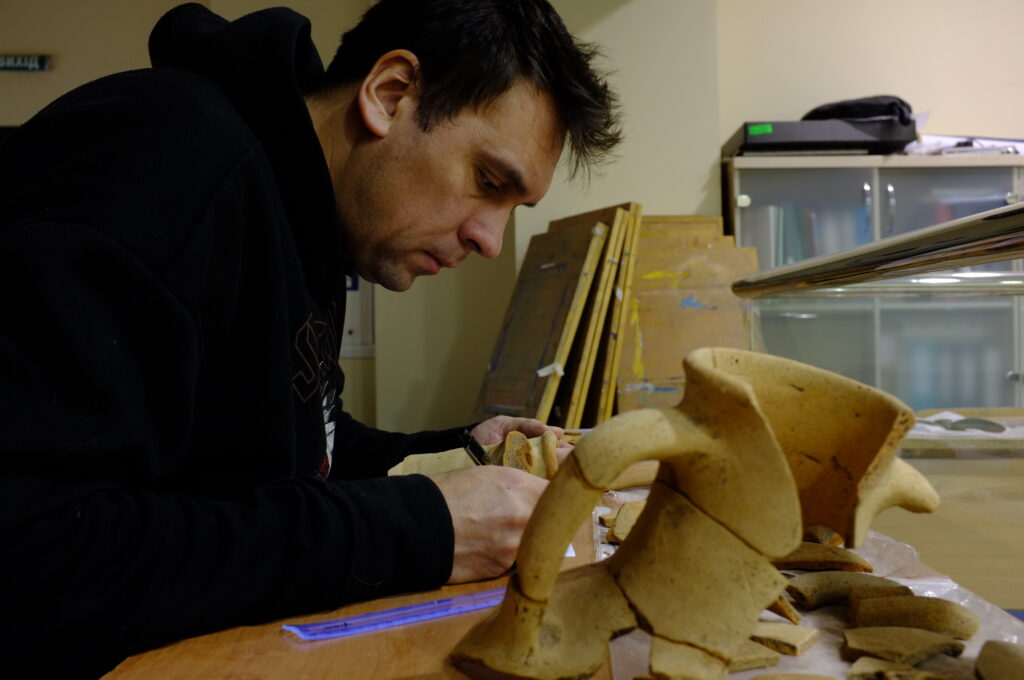Anthropomorphic stone stelae are a very widespread cultural phenomenon of the past. Besides burial mounds, they have shaped the European and Eurasian steppe landscapes since the 4th millennium BCE. Especially in eastern Ukraine many of these monuments have been documented. Some of them were created by medieval nomadic communities. The others, however, date much older. Vitalii Otroshchenko, Head of the Department of Eneolithic and Bronze Age Archaeology at the Institute of Archaeology of the National Academy of Sciences of Ukraine, is working under his DAI fellowship on a monograph with a comprehensive catalog of finds of Bronze Age stelae in the Northern Black Sea and Northern Azov Sea regions. In this post he gives the first insights into his work and reports on the risks the stone stelae are currently exposed to.


In the first two months my project work was focused on collecting material record and preparing Section I of the monograph with a working title “Research and Study of Bronze Age Statuary Monuments”. In this section I deal with the complex and multifaceted nature of the anthropomorphic sculpture and problems associated with studying this phenomenon. The history of research encompasses the time period from the discovery of the first three stelae in a mound near the village of Bilozerka in Kherson region in 1889 by Kherson archaeologist H. Sadovskyi to the discovery of the Lysychansk idol in Donbas in 2007 and the Nedaivoda sanctuary in Kryvyi Rih (Fig. 1), where the most monumental anthropomorphic stele, 4.25 m in height, was discovered in 2010. In total, 376 stelae have been documented (Fig. 2). H. Skadovskyi saw in these objects a prototype of the anthropomorphic idols of the Middle Ages: In 1930, P. Kurinnyi connected them with the broad horizon of megalithic cultures in Europe. He suggested that the stone sculptures initially occurred in sanctuaries and were used in funeral rituals only later. These ideas were picked up and developed by researchers of the second half of the 20th century. I regard the use of various types of stelae at sanctuaries and in funerary rituals as a process that took place during all five periods of the Bronze Age in Ukrainian steppe region from the Lower Danube to the Siverskyi Donets from the 20th to the 9th centuries BCE.
In my work, particular attention is drawn to the reproduction of the images on stelae in a series of geoglyphs recorded on the bottom of the catacombs of the Inhul and Donetsk catacomb cultures of the Middle Bronze Age in front of the bodies of the buried individuals (Figs. 3–5).
In the beginning of the Russian war of aggression in Ukraine about half of the territory with documented stelae was occupied by invaders. These tragic events put the issue of the preservation of the stelae on the agenda. On the one hand, sculptures can be destroyed during hostilities or bombing of museums. On the other hand, they are under the threat of being taken away by the occupiers as war trophies. The museums of Kherson, Melitopol, Kamianna Mohyla, Mariupol, Tokmak, Polohy, Vasylivka, Kakhovka, and dozens of other cities have been destroyed or looted. In addition, some unique stone monuments might be moved out of Crimean museums. Under such critical conditions, the study of stone anthropomorphic stelae is of particular importance today.
Vitalii Otroshchenko
References
Dovzhenko 2009: Н. Довженко, Кам’яні статуарні пам’ятки Надчорноморщини періоду ранньої та середньої бронзи. Доба бронзи, книга 1 (Київ 2009).
Sanzharov 1989: С. Н. Санжаров, Охра в изобразительной деятельности племен эпохи средней бронзы Донетчины. Советская археология, 1989, 2, 97–107.
